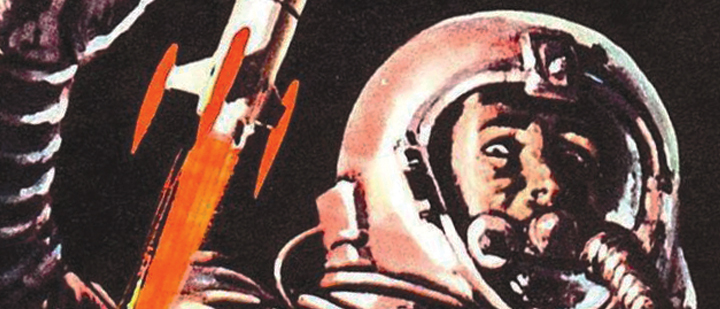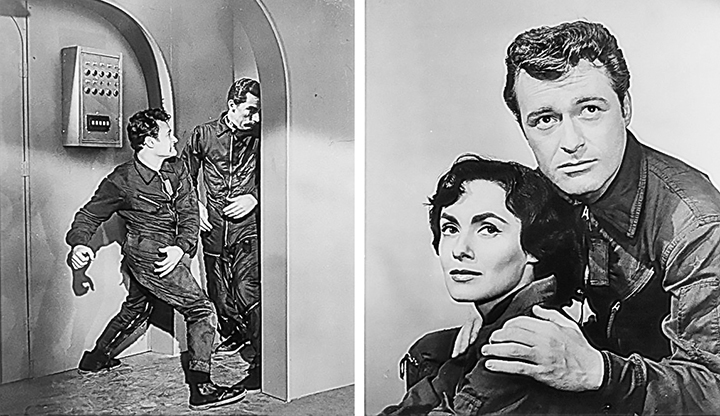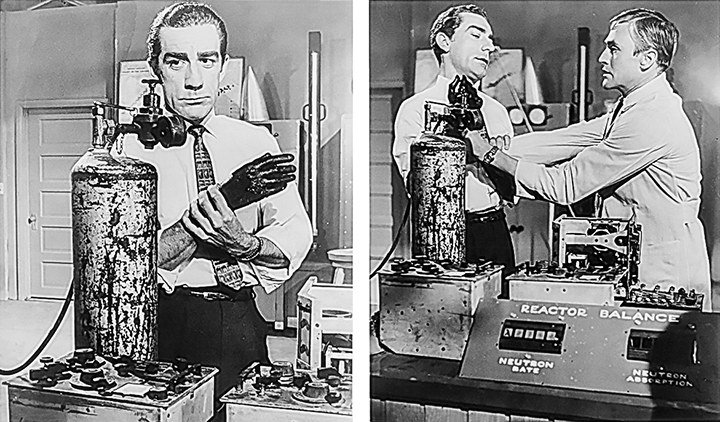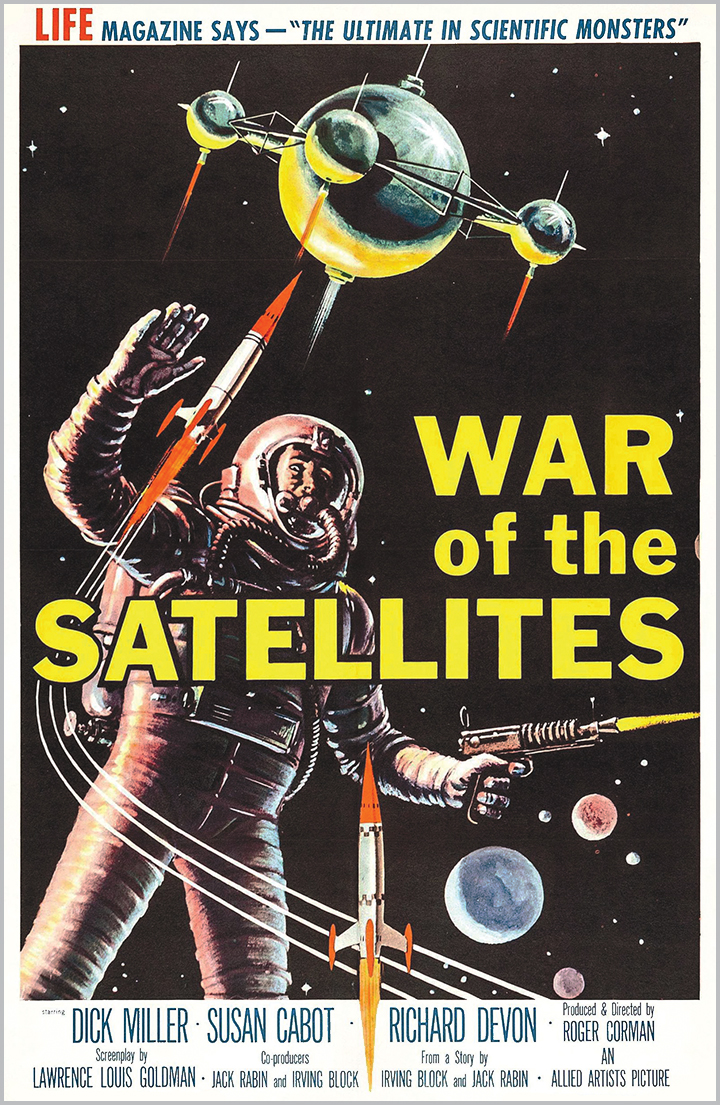
What hath Sputnik wrought?
The first thing you must know about “War of the Satellites” is that it was a response to Russia’s launch of Sputnik 1, the first-ever man-made satellite, the previous year. (We had a Cold War and a “space race” going on with those filthy Commies.) The film’s producer-director, Roger Corman, was eager to cash in on this built-in marketing. After all, exploiting current events is the bread-and-butter of exploitation filmmakers — hence the term.
Corman’s film depicts a United Nations-like body that debates and funds a space program called Sigma. Richard Devon is the brains behind the program; Corman company players Dick Miller (“Bucket of Blood”) and Susan Cabot (“The Wasp Woman”) are Devon’s devoted staff. One day, a message from aliens (in Latin!) warns Earth to halt efforts to penetrate an outer-space barrier — or else. When Devon presses on, his body is taken over by an alien force. Science-fiction thrills ensue.

Miller is top-billed, but really, the movie belongs to Devon in a dual role as the good-guy Earthling scientist and the bad-guy alien saboteur. Devon is perfectly cast, playing blank and devious when in alien mode. Also in the cast is genre favorite Bruno VeSota as a politician who pontificates during the U.N.-ish hearings. Mitzi McCall and Jay Sayer provide some incongruous, but nonetheless welcome, comedy as randy teens smooching in a convertible who spot an alien satellite. (McCall later carved out a career doing voiceover for animation; Sayer had roles in four more Corman films.)
“War of the Satellites” has several shots of a space station with cast members in the foreground and gigantic launching pads in the background. These appear to have been achieved via matte paintings that are quite convincing. My guess is that cinematographer Floyd Crosby had something to do with it. (Crosby, an Oscar winner who shot “High Noon,” frequently worked for Corman. Why? The mind reels.)

“War of the Satellites” is infamous for the way in which Corman staged chase scenes that made the satellites appear to be endless. He accomplished this by filming Miller, for instance, running through one section of the set; then reconfiguring the set’s flooring and walls; then filming Miller running through the new configuration; and so on. Corman later edited all of the shots together to make it appear as if Miller is running through a monolithic, never-ending maze. Ah, smoke and mirrors.
Like all Corman cheapies from the ’50s, “War of the Satellites” reflects its director’s enterprising ways. Yes, you could spot the occasional seam, but overall, Corman made sure his scripts had enough story, character development and action to hold your interest. In my conversations with him, Corman would say that the goal with his low-budget ’50s films was to make them “look big.” It eventually dawned on me that “look big” meant “look like a real movie.” Corman, I’ve come to believe, was always imitating big-studio films — or at least trying to trick the viewer into thinking she or he was watching one.
‘WAR OF THE SATELLITES’
Starring Dick Miller as Dave Boyer; Susan Cabot as Sybil Carrington; and Richard Devon as Dr. Pol Van Ponder
Written by Lawrence L. Goldman | Cinematography by Floyd Crosby
Produced and directed by Roger Corman
[Allied Artists]

Um, could Life magazine have really blurbed “War of the Satellites”? If true, it must mean that Corman’s film got some (undeserved) juice from its Sputnik angle.